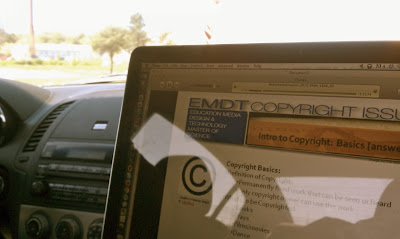Nesdon,
Perhaps as a musician, I can relate to the idea of "one buttock playing". Musically, I think it's about not so much focusing on the technical aspects of the music (notes, rhythms, etc.), but making the music expressive and emotional, which is what makes it come alive, therefore moving the player to one buttock instead of two. I think everyone can come up with their own ideas for applying that to other areas of life, but that's what I got out of it, musically, anyway.

I am getting a bit bored by the redundancy in this book, as well as
by Mr. Zander’s monumental ego. I think it might work better distilled
to one long essay rather than being drawn out into a book, giving me so
much time with his self-congratulation and somewhat pretentious language
flourishes (though she is worse than he in this I think). But still the
central insights of openness to possibilities, of connection to the
moment and to community are true and powerful.
The worst catch phrase so far in the book, one that I will not adopt,
is “one-buttock playing”. Perhaps he finds the irony of its
relationship to the idiom “half-assed” amusing. But just as Roz spoke
about the way language and conceptions can create a resistive inner
reality, I feel this linguistic connection to half-assed doing just that
with this catch phrase, probably because I am not a piano player and so
have no somatic connection to how one’s buttocks feel as one plays
passionately.
A few years ago, I suppose in a bit of a midlife crisis, I gave up my
movie career and moved up to Berkeley to try and fulfill my youthful
dreams as a starving artist. I lived in a cold and leaky shipping
container on ramen and dumpster diving while trying to make art in the
brilliant, punk rock artistic community I had come to know from Burning
Man.

My solar installation at The Shipyard
I was too old and too much of a hippie to thrive among them. Most of
my memories from those times are of bitter cold, loneliness and
frighteningly drunken and angry young men, but one of the things that
still shines in my heart was my regular Tuesday night trips to the
venerable
Freight & Salvage’s open-mike nights, where for only 2 bucks, I could get a whole evening’s entertainment.

And it was good, often really good, to me paradoxically good because
these were almost never very good players. What I discovered there was
that the
reputation and history
of that stage tended to bring out a commitment in these artists, who
would throw themselves into their performances with a gusto and presence
that imbued even mediocre playing with a sense of humanity and emotion
that were unmistakable and immensely moving.
I think this is what Zander is getting at in these chapters about the
way things are and giving way to passion, however misguided and
egocentric his ensconcing of “one buttock playing” and “beyond the fuck
it” as tropes of wisdom and insight.

























